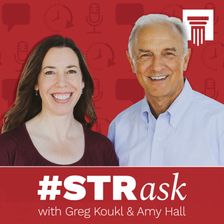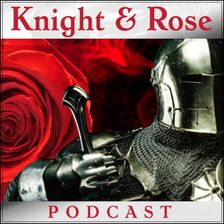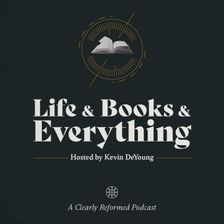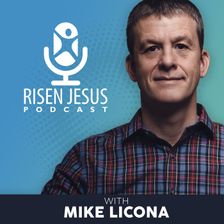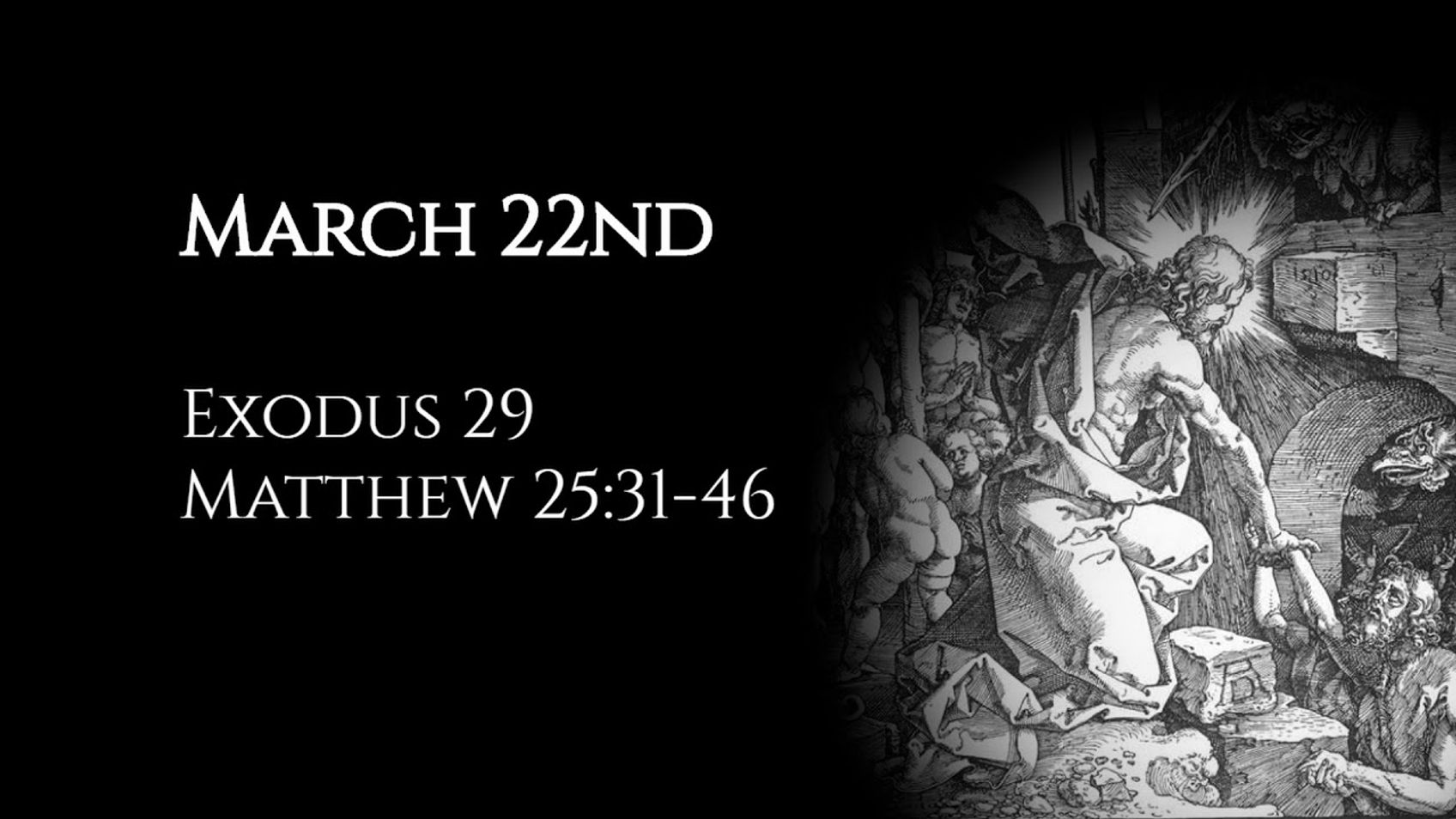March 22nd: Exodus 29 & Matthew 25:31-46

The consecration of the priests. The sheep and the goats.
Some passages referenced:
Exodus 40, Leviticus 8 (performance of the ritual of Exodus 29); Leviticus 4:7 (blood of the sin offering generally put on the horns of the altar of incense); Leviticus 14:14 (blood placed on three ‘corners’ of the cleansed leper); Leviticus 7:29-34 (wave offering of the breast and the contribution of the thigh).
Matthew 10:40-42 (Jesus’ identification with the disciples sent out earlier); Matthew 10:12-15 (test of hospitality in Israel); Hebrews 13:2 (entertaining angels unawares); Ezekiel 16:48-50 (judgment on Sodom and Gomorrah for their inhospitality).
Reflections upon the readings from the ACNA Book of Common Prayer (http://bcp2019.anglicanchurch.net/).
If you have enjoyed my output, please tell your friends. If you are interested in supporting my videos and podcasts and my research more generally, please consider supporting my work on Patreon (https://www.patreon.com/zugzwanged), using my PayPal account (https://bit.ly/2RLaUcB), or by buying books for my research on Amazon (https://www.amazon.co.uk/hz/wishlist/ls/36WVSWCK4X33O?ref_=wl_share).
The audio of all of my videos is available on my Soundcloud account: https://soundcloud.com/alastairadversaria. You can also listen to the audio of these episodes on iTunes: https://itunes.apple.com/gb/podcast/alastairs-adversaria/id1416351035?mt=2.
More From Alastair Roberts
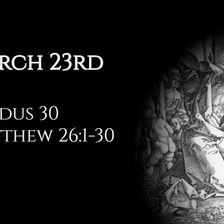
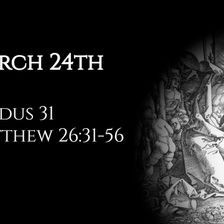
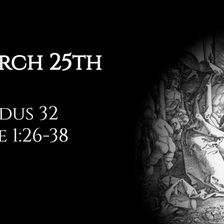
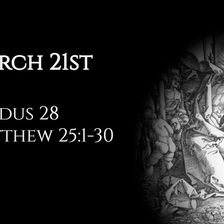
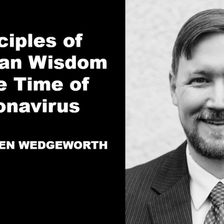
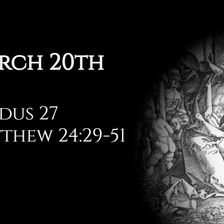
More on OpenTheo
